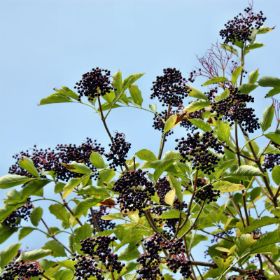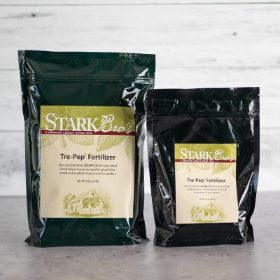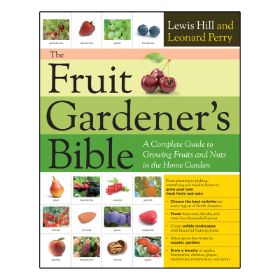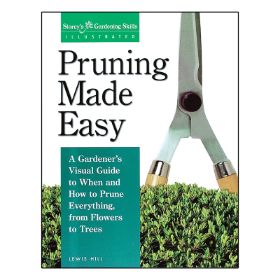Description
Thrives in wet soil. Elderberries delight in wet, spongy sites where most plants won’t make it. Petite lemon-scented flowers appear in June (and make delightful tea). The purple-black fruit grows in cymes (large clusters featuring mini-branchlets that bear the fruit), making them easy to access and harvest. Grows well in partial shade. Exquisite for jelly, pie, wine, syrup and tinctures. Spreads by root suckers to form colonies (free plants!). Rejuvenate by cutting to within 4” of the ground every five years. Ripens in August. Best pollinator: any other elderberry variety. Note: This is a propagated wild berry and not a cultivar. Sambuca canadensis. Photo courtesy of B. S. Roberts.
Note: Elderberries must be cooked before consumption. Consuming fresh elderberries can be toxic. Please ensure all berries are properly prepared before use.
Survival Guaranteed!
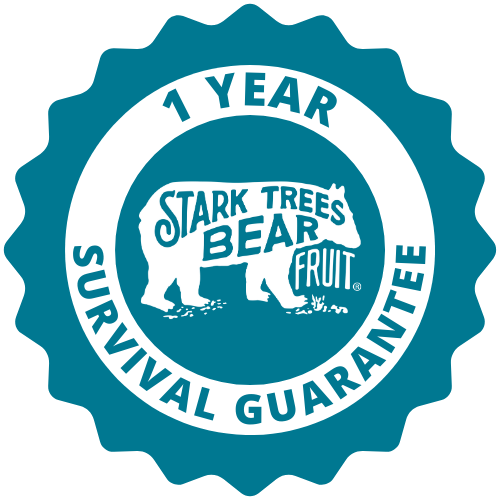

Since 1816, Stark Bro’s has promised to provide customers with the very best fruit trees and plants. It’s just that simple. If your trees or plants do not survive, please let us know within one year of delivery. We will send you a free one-time replacement, with a nominal shipping fee of $9.99. If the item in question is not available, we can issue a one-time credit to your account equaling the original product purchase price or issue you a refund. Read more about our warranty policy.
Characteristics
| Bloom Color | White |
| Fruit Color | Black |
| Fruit Size | Small |
| Hardiness Zone Range | 3 - 9 |
| Pollination | Pollinator Required |
| Ripens/Harvest | August |
| Shade/Sun | Partial Shade - Full Sun |
| Soil Composition | Loamy |
| Soil Moisture | Moist |
| Soil pH Level | 5.5 - 6.5 |
| Years to Bear | 2 - 3 |
Size & Spacing
Mature Size
Zone Compatibility
Pollination
This variety requires another one for adequate pollination.
Tools & Supplies
Planting & Care
Learn all about how to grow elderberry plants in The Growing Guide. An entire section of our website dedicated to your growing success.








